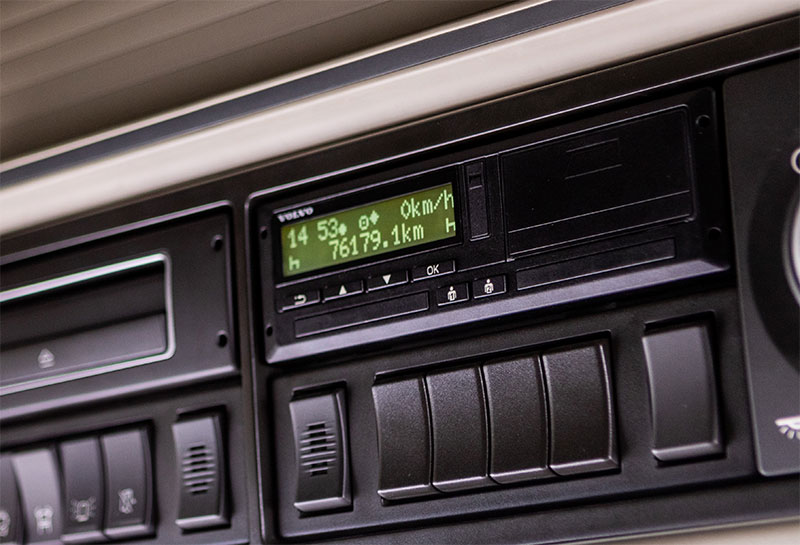Telematics refers to the integration of information technology into vehicles and logistics processes. It improves transportation efficiency and safety. The role of telematics in the transportation industry is indispensable, in part because of control from government agencies. For both businesses and customers, telematics contributes positively. Below we discuss some of the main applications of telematics in the transportation sector.
What is telematics?
Telematics enables organizations to track and monitor commercial vehicles in real time. Companies can see where the vehicles are, how fast drivers are driving, how much fuel is being used and if there are any technical problems. This helps companies and carriers plan and execute operations more efficiently. Telematics in trucks also helps with remote reading of the tachograph, quickly revealing whether drivers are complying with the driving hours law.

Optimization of route planning
Telematics allows carriers to determine optimal routes for their vehicles. By taking into account factors such as traffic density, weather conditions and road works, the most efficient routes are found. This reduces transportation time, lowers costs and improves delivery times.
Improving safety
Telematics plays an important role in improving safety in the transportation sector. For example, carriers can use telematics to monitor and improve driver behavior. By identifying and addressing unsafe driving behaviors, carriers can prevent accidents and other incidents.
More efficient use of vehicles
Telematics actively contributes to more efficient use of vehicles. Monitoring vehicle performance allows carriers to quickly identify and resolve potential problems. This proactive approach enables timely maintenance and repairs, preventing vehicle downtime. In this way, carriers keep their fleets in top condition. This not only results in improved efficiency, but also significantly reduced costs.
Improved communication between carrier and customers
Telematics plays a crucial role in enhancing communication between carriers and customers. It allows carriers to provide customers with real-time updates on the location and status of their shipments. This improved transparency gives customers more control over their deliveries. This significantly increases not only customer satisfaction, but also customer loyalty.

Close records for the tax authorities
Telematics plays an important role in keeping trip records for business purposes. Through GPS technology, telematics can track a vehicle’s location and collect data on distance driven, speed, driving time and the number of stops made during the trip. This provides companies with an accurate record of company vehicle usage and allows them to comply with tax and legal obligations, such as the requirement to keep accurate trip records.
